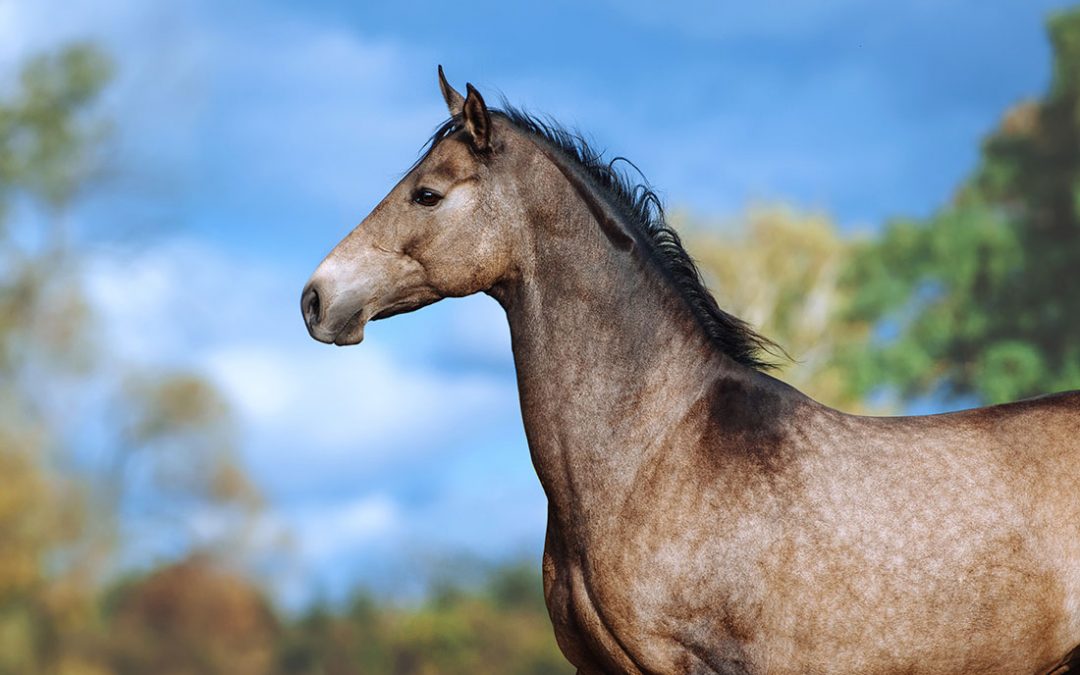In reproductive physiology, the hormone responsible for producing ovulation of a dominant follicle is Luteinizing Hormone (LH); which is released by the increase in estrogen, produced by the dominant follicle, and this in turn generates the release of the Gonadotropin-releasing hormone (GnRH), stimulating the discharge of LH and generating a high concentration in the body.
The constant development of equine reproduction techniques has allowed, through injections of hormones or their analogues, the ability to control and synchronize these physiological events that occur in animals and in this case the mare.
There are hormones which are used in the equine world to induce ovulation in mares; and thus predetermine when the mare is going to ovulate and be able to prepare to carry out artificial insemination or controlled natural mating.
Ovulation in Mares
The most used hormones are human chorionic gonadotropin (hCG) and two GnRH analogues; histrelin and deslorelin acetate. Being hCG and Deslorelin the main ones generating ovulation in mares within 24 to 48 hours after injection.
It is estimated that with the application of hCG ovulation occurs in about 36 hours; while with deslorelin approximately 40 hours.
Some of the criteria that must be taken into account before inducing ovulation in a mare are: The mare must present a behavior consistent with estrus, the dominant follicle must have a size of at least 35 millimeters in most medium-sized horse breeds and there must be the presence of uterine edema.
Veterinarian Eduardo Prado Carroz
University of Zulia, Faculty of Veterinary Sciences (FCV)
Member of the College of Veterinary Doctors of the state of Zulia, no. 2483
For those who may be interested, you can contact us through social networks, on Instagram as @espacio_equino


Recent Comments